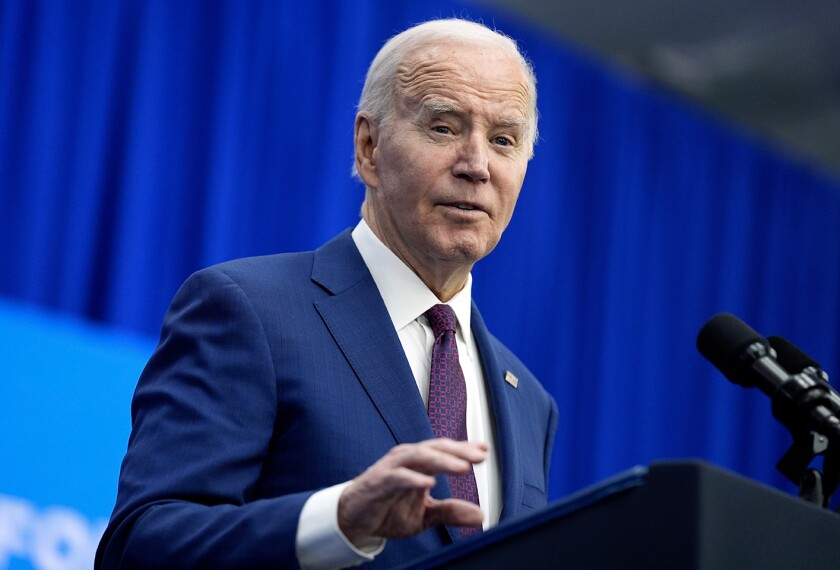Requiring that districts spend 65 percent of their budgets on classroom expenses is a common-sense rule that will improve schools, backers of the idea argue.
But that’s not necessarily so, say school finance researchers at one of the nation’s most respected financial-analysis firms.
The S&P paper, “The Implications of the “65 Percent Solution,” is available from SchoolMatters.
In a new study of school spending in nine states, researchers at Standard & Poor’s found no correlation between a district’s achievement and the percentage of its budget earmarked for classroom costs.
“Some of the highest-performing districts spend less than 65 percent, and some of the lowest-performing districts spend more than 65 percent,” S&P researchers write in “The Issues and Implications of the ‘65 Percent Solution,’ ” released Nov. 22.
“Student performance does not noticeably or consistently increase at 65 percent, or any other percentage spent on instruction,” the New York City-based firm says.
Standard & Poor’s issued the report in response to First Class Education, a Washington-based group working to pass statewide measures to require districts to spend 65 percent of their budgets on classroom expenses, such as teacher salaries, textbooks, and other supplies. Professional development, transportation, food services, and administrative costs count as nonclassroom expenses in the proposals.
Texas Gov. Rick Perry, a Republican, has signed an executive order requiring schools to implement the group’s agenda. The group is also trying to put the so-called 65 Percent Solution on ballots in Arizona, Colorado, and other states next year. (“Group’s ‘65 Percent Solution’ Gains Traction, GOP Friends,” Oct. 12, 2005.)
While officials with First Class Education agreed that the 65 percent rule wouldn’t guarantee higher achievement, they said in a statement responding to the S&P paper that their proposal would be “the beginning of a dialogue between parents and taxpayers, teachers and administrators of how best to allocate precious and finite resources.”
According to S&P, spending 65 percent or more on classroom costs “is no guarantee that [money] will be used effectively.” For example, its report says, a district trying to raise the proportion it spends in classrooms could raise salaries for teachers, even ineffective ones. Such an approach isn’t necessarily going to improve achievement, it adds.




